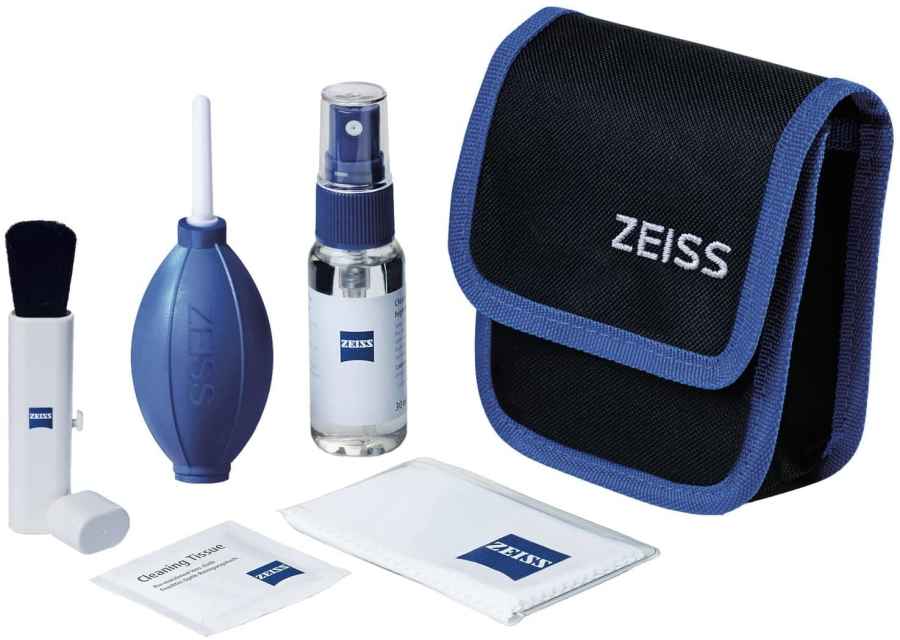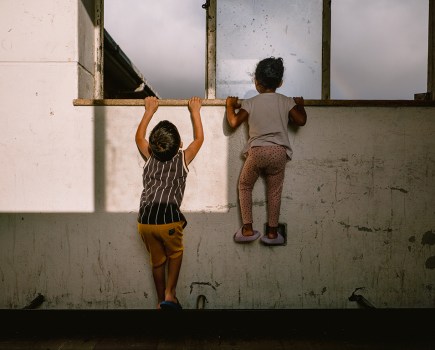Protective Filter
The simplest and most affordable way to protect your lens is to use a clear protecting filter, or a UV filter. These screw in to the lens filter thread and they provide an extra level of protection to that precious front element. It is important to get a good filter that won’t degrade image quality, but there shouldn’t be any need to spend a fortune. With that in mind we would recommend the Hoya Fusion One range of Protector and UV filters that are available in sizes from 37mm to 82mm, starting at £26. See here for more details
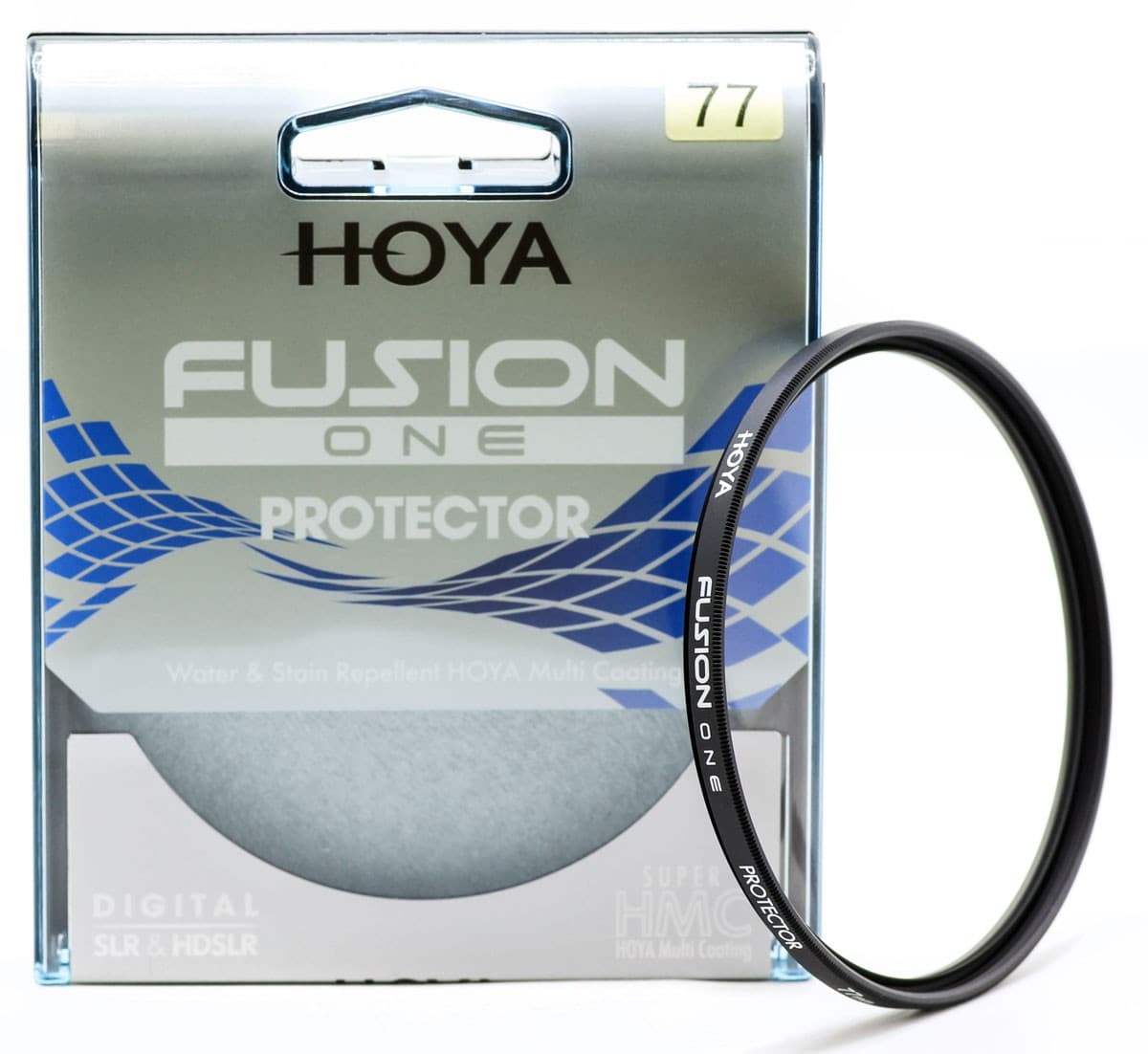
Close-Up Filters
One affordable way to take macro images is to use close-up lenses. These are basically magnifying glasses that screw on to the front of a lens, via the filter thread. However, be wary of cheap ones which can produce terrible chromatic aberration and reduce the image quality of even the sharpest of lenses. We recommend the NiSi NC Macro Close-Up lenses, which use two glass elements and a range of coatings to keep images sharp and keep chromatic aberration to a minimum. These come in two sizes; to fit lenses up to 58mm thread for £65, and up to 77mm for £109. For more information see here
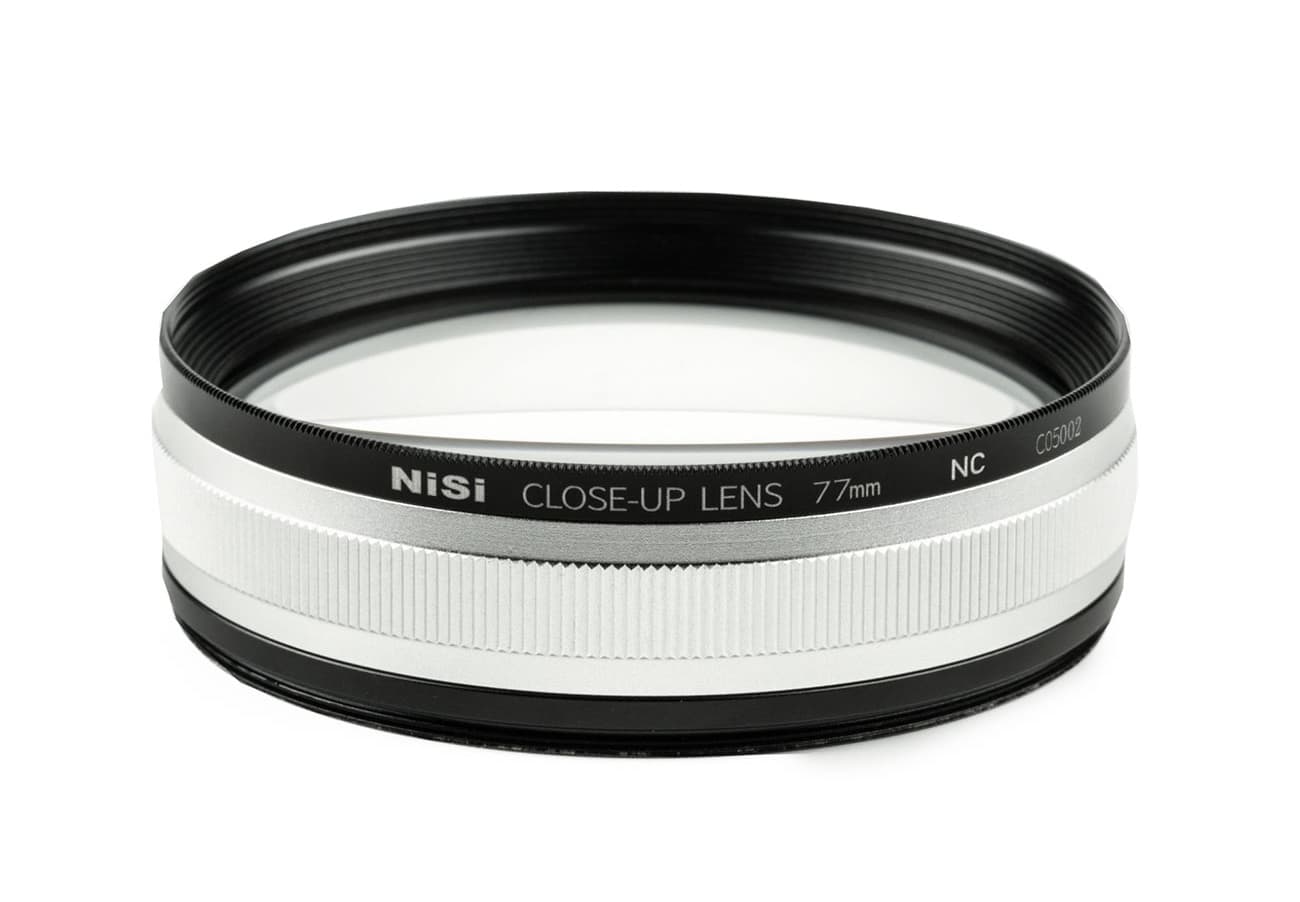
Rain Cover
A rain cover is a great way to protect your lens, and camera, from a sudden shower of rain. However, some of the more expensive ones can be awkward to pack due to the heavy plastic used. A more convenient solution is the Optech Rainsleeve, which costs from just £8 for a pair. These lightweight covers come in a pack of two and cover the camera and lens, but still allow you to use the viewfinder and camera controls. They should be an essential for wildlife and landscape photographers to have in their bag. See here for more information.

Lens Protection
Rubber lens covers offer more protection than the humble lens cap. They can be pulled over the front of the lens. As well as offering protection to the front element, they also serve as a cushion protecting the edge of the lens from seemingly innocuous knocks that could cause cracks or dents on the rim. We would recommend the PolarPro Defender range, which comes in a variety of sizes from 55m all the way up to an impressive 114mm, starting at £25. See here for more information.

Ring Grips
Focusing or zooming in and out when wearing gloves isn’t always the easiest of things to do. Thankfully there a few products that stretch around the existing control rings to provide extra grip. By protruding from the lens, these make it easier to use the focusing ring without taking your eye away from the viewfinder. We would recommend the Band.It rings. These also come in a variety of colours, which can help lens identification when quickly needing to grab a lens from your bag. They cost $20 apiece for black or white, or $22.50 for colours (approx. £15.50 / £17.50). For more information see here.

Lens Covers
Covering your lens barrel does a number of things, including offering some protection against the elements and cosmetic scratches. However the primary function is to camouflage long telephoto lenses when shooting wildlife images. There are a number of brands offering different kinds of covers, in a variety of camouflage patterns. We would recommend Lens Coat covers, which offer full access to focusing, zoom and other control functions and are available for most major telephoto lenses. They’re made from closed-cell neoprene in a choice of five camo patterns, or plain black, starting from £34. For more info see here.

Extension Tubes
Another affordable way to take macro images is to use a set of extension tubes. Such tubes contain no glass elements, so won’t degrade image quality. They mount between the lens and the camera, which creates a magnifying effect. Some extension tubes will have full electronic communication with the camera so the lens and tubes will operate as normal, albeit with a little hunting of the autofocus. Kenko currently produces extension tubes for Sony E and FE lenses, as well as Micro Four Thirds, Canon EF and RF and Nikon Z and Nikon F lenses. Prices are around £129. See here for more details

Lens Pouches
A lens pouch is a great way to protect your lens when it is sitting at home not being used. It prevents dust getting on the lens, whilst also offering some protection against the odd bump. Available in a range of different sizes, the Tenba Lens capsule takes the humble lens pouch a step further by adding moulded EVA caps to either end, adding extra protection to the front and rear elements, should you knock or even drop the pouch. They’re available in sizes from 9x9cm to 30x13cm, for £18 to £39. Another product that will help keep your valuable lens safe and sound. See here for more information,
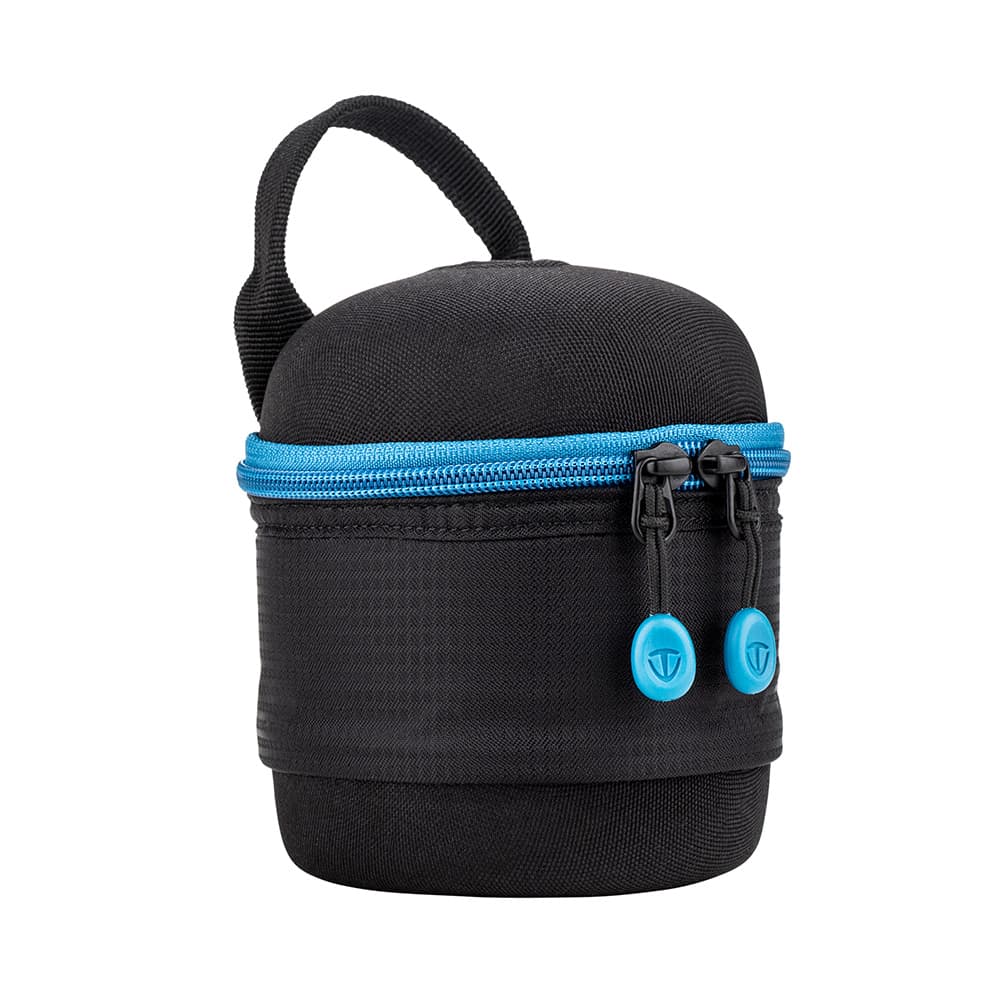
Lens Cleaning Kit
We’ve all used the corner of a sleeve or top to clean a lens, but believe or not this isn’t the best way to treat your kit. Start by using a blower or blower brush to shift any bits of sand or grit that could scratch the lens surface, and only then should you use a cloth or wipe to clean any dust, pollen or fingerprints away. There are numerous cleaning kits available, but we would recommend the Zeiss Lens Cleaning Kit (£25). This includes a blower, brush, cleaning solution, microfibre cloth and lens wipes in a neat case. See here for more information.

Anti-Reflection Hood
Shooting through glass can be problematic due to reflections. There are a number of devices available that are basically huge lens hoods that allow you to press the hood completely up to the glass, preventing any light from causing reflections. Whilst there are cheap generic rubber anti-reflection hoods available, we would recommend the Lens Skirt (£60), which we reviewed way back in 2012. It fits around the end of a lens, with a drawstring to keep it secure, whilst the cloth hood attaches to a window via suction cups. It’s great for shooting timelapses through windows. For more information see here.


